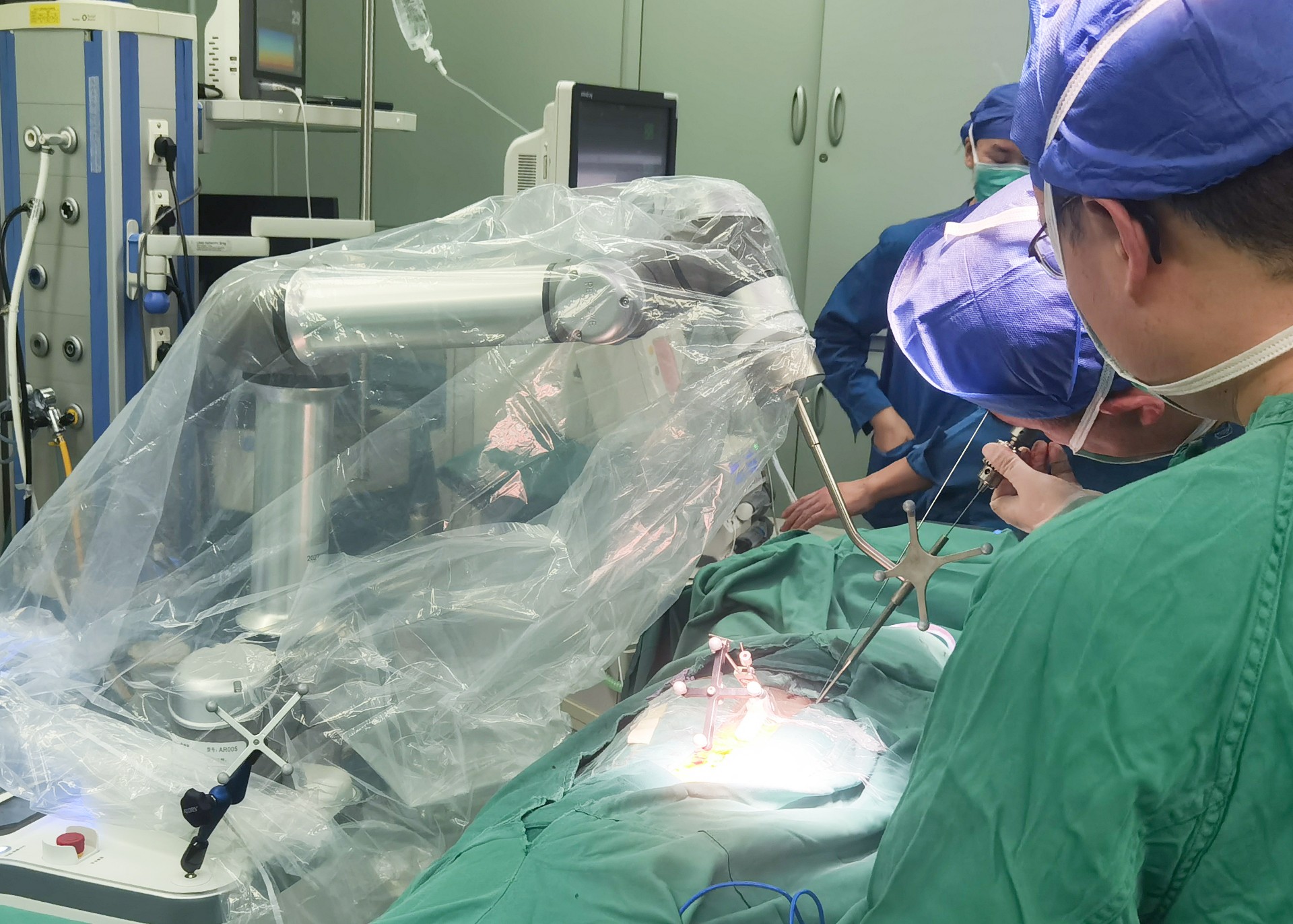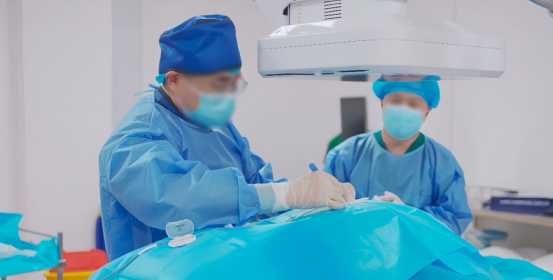News
2022-07-20 14:12:53 Views:1235
What are the advantages of orthopedic robotics? How does it help make spine surgery more accurate?
Orthopedic robotics has become one of the hot topics in the development of orthopedic field. Modern people are prone to damage to the spine and periapical region due to long hours of ambulation and improper posture. Once the damage to the spine is caused by accidents, diseases, aging, etc., surgical treatment is required. The orthopedic robot is a powerful helper for spine surgery, which can help doctors to complete the surgery better.
The core features of the PPCI orthopedic surgery robot for multi-segment spine surgery include accurate and customized 3D preoperative planning, improved image clarity at the surgical site, reduced tremors and increased surgical precision, reduced damage to healthy bone and tissue, reduced blood loss, shorter hospital stays and faster recovery, and reduced intraoperative fluoroscopy (X-rays) to reduce radiation. The positioning of surgical instruments is accomplished with the assistance of the robotic arm, which consists of a six-degree-of-freedom robotic arm, an optical tracking system, a surgical master control and operation support platform, and a navigation software system, which can help doctors to visualize surgical planning and surgical channel positioning, truly making complex surgery safer and routine surgery minimally invasive.

Before the surgery, the "orthopedic robot" and the "3D" C-arm X-ray machine scanned the patient's affected area, so as to "know the enemy"; then the computer system designed the path for each Then, the computer system designed the path for each screw; then, the "steady as a mountain" orthopedic robot hand - mechanical arm, began to remove obstacles for each path, as if laying a train track; then along the standard path to place the screws, as if the train is driving on the tracks, and then accurately The screws are then placed accurately.
The orthopedic surgery robot is a high-grade medical device, which is difficult to develop and acquire the core technology, has a long R&D period, and requires high performance, technical parameters and safety of the product. The orthopedic surgery robot is based on clinical needs and has overcome the difficulties in biomechanics, ergonomics, mechanical and electrical engineering, computer science and other disciplines.
It can convert the doctor's surgical planning into the robot's accurate positioning, reduce the reliance on the doctor's experience, improve the surgical precision to sub-millimeter level, and help the doctor complete difficult surgeries. With the assistance of orthopedic robots, similar difficult surgeries can be carried out at all levels of medical institutions in the future, helping to improve the treatment level of primary care institutions
-
Surgical Robots Take the Stage in the “Battle to Protect the Spine”
Read More » -
Application of 3D C-arm Imaging in Radiofrequency Ablation Treatment of Trigeminal Neuralgia
Read More » -
Correcting Limb Length Discrepancy | 3D C-arm Assisted Epiphysiodesis in Pediatric and Adolescent Patients
Read More » -
Perlove Medical Concludes a Successful Presence at RSNA 2025 in Chicago
Read More » -
Multiple C-arm Systems From Perlove Medical Installed at Zhujiang Hospital of Southern Medical University
Read More » -
Perlove Medical 3D C-arm Installed at Ningde City Hospital
Read More »





